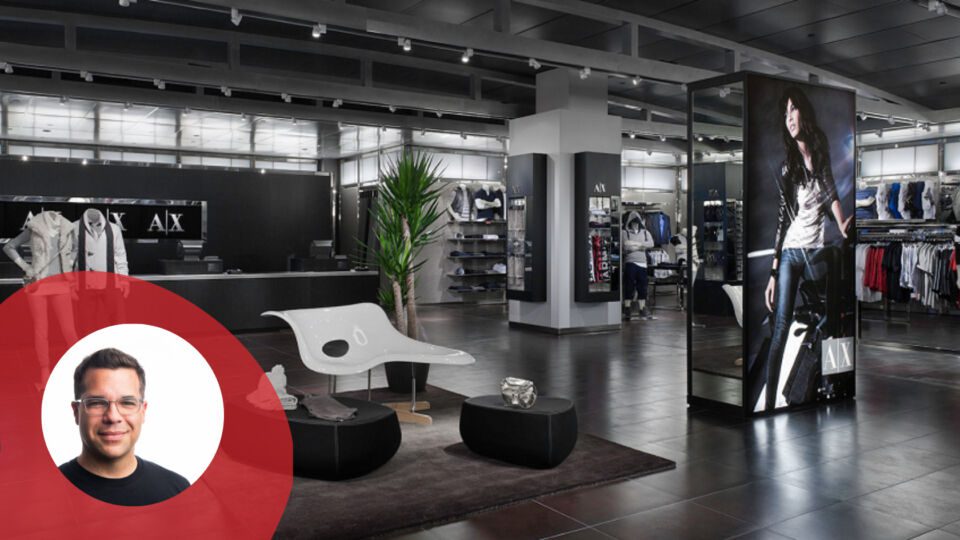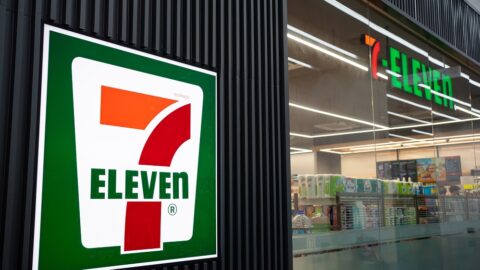As the world emerges from a global pandemic, brands and retailers are struggling to create stores that provide a positive in-store experience and achieve sales and marketing objectives. Creating an environment that is a three-dimensional and immersive representation of the brand while maximizing efficiency and profitability are some of the key considerations when designing a successful retail store.
Consistency Across Locations
Brands need design solutions that fit their portfolio of locations, including urban, suburban, shopping mall, shop-in-shops and other store types. For each of these formats, an effective roadmap of the store must be inherent in the architecture. Where do we want our customers to go, and what do we want them to do?
Issues such as where the merchandise is featured, where the cash wrap is placed and the overall sequence and map of the store are critical factors in a store’s architectural design. Key design considerations include the store’s format — whether it’s a single-story or multiple stories — as well as materials, lighting, built-ins, dressing rooms, customer amenities and the store’s overall look and feel. At the end of the day, you want the three-dimensional brand experience to be the same, and it starts with consistency across store architecture.
Temporary Versus Long-Term Considerations
One of the interesting dichotomies between retail and the world of architecture is that while architecture is fairly permanent, we know that so much about retail is heavily dependent on short-term trends. The store environment must therefore be flexible, enabling the fast turnover of merchandise. The store must allow for floor and wall fixtures to be dialed in as needed.
Visual merchandising is critical to a store’s success as well. Whether it’s Black History Month, Pride Month, Halloween or the Christmas holiday season, promotions and messages are ongoing and you can only fulfill so much of that specificity with architecture. The architect’s long-term design should enable and empower the visual merchandiser’s short-term promotions.
Retail as a Hub for Engagement
Architects often strive to increase the civil engagement of spaces. One of the directions we see retail going, especially flagships, is building the brand beyond the confines of the store. From courses and talks to creativity with social media, promotional offers and even lessons, the stores become important meeting points for other activities that are related to the brand. Naturally, customers will make their related purchases at the store. From Williams Sonoma hosting cooking classes in their stores to REI hosting camping and ice climbing lessons, it’s often about the experience more than the product.
A retail location that becomes a hub for participants creates a tribe — something that the architecture has to successfully support. Brands that do this successfully garner a cult-like following, and they do it by creating a hub for engagement in-store and beyond.
Building a Store for the 21st-Century Consumer
Store environments are changing; customers are changing as well. Studies have shown that while customers spend less time shopping overall than they did 15 years ago, they spend significantly more time per purchase shopping in-store than they do online. Part of creating an effective store design is understanding and designing for the customer of the future — and capturing their purchase. For an architect, knowing where the brand wants to be in five to 10 years is critical. By combining the brand’s vision with the best practices of retail design, the resulting store will benefit from an environment that is both unique to the brand and effective in retail best practices.
Eugene Colberg is a Brooklyn-based architect with over 25 years of experience producing award-winning architecture and interiors in the U.S. and internationally. As Principal of Colberg Architecture, he has designed imaginative and environmentally sensitive projects across the residential, workplace, retail, educational, healthcare, institutional, museum, and urban planning sectors. Having earned his BArch from Cornell University, Colberg is a Registered Architect in the State of New York, a Green Associate of Leadership in Energy and Environmental Design (LEED), and is certified by the National Council of Architectural Registration Boards (NCARB). Colberg Architecture is a Certified Minority Business Enterprise (MBE) with the City and State of New York and the Port Authority of New York and New Jersey. Colberg has worked on prominent retail store rollouts across the world, aligning architecture and in-store design with brand identity. Past projects include Rockefeller Center and prototype development for major brands including Bank United, PNC Bank and Kate Spade, as well as flagship design for stores including National Basketball Association (NBA), Uniqlo, LOFT and Armani Exchange.








